5. Komodo National Park
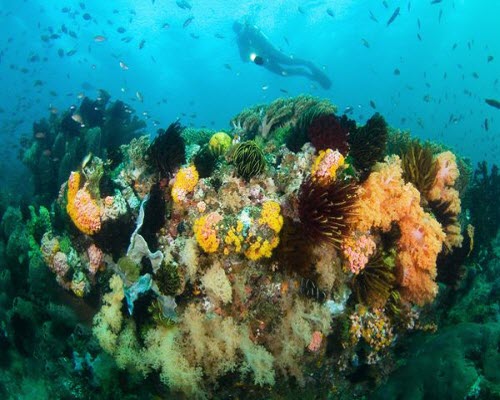
Komodo National Park is located in the Island of Sumbawaand Flores. Komodo National Park was established in 1980; initially the main purpose of the Park was to conserve the unique Komodo dragon (Varanus komodoensis) and its habitat. However, Park was declared a World Heritage Site and a Man and Biosphere Reserve by UNESCO, both indications of the Park’s biological importance.
Now, PKA Balai Taman Nasional Komodo and PT. Putri Naga Komodo both are working together to protect the Park’s vast resources. Their goals is to protect the Park’s biodiversity and the breeding stocks of commercial fishes for replacement of surrounding fishing grounds.
4. Amazon Rainforest
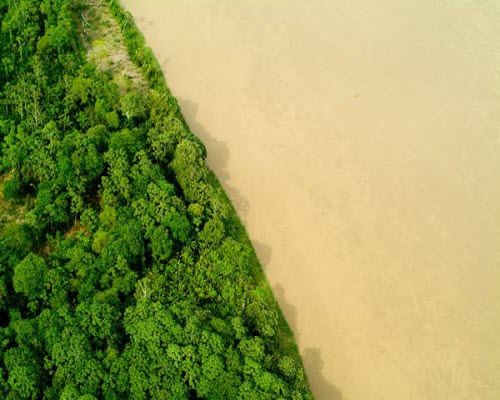
Amazon Rainforest is the largest rainforest on Earth and the forest covers almost 40% area of the South American continent. The rain makes large basin in the form of Amazon River. This river Cover Brazil, Bolivia, Peru, Ecuador, Columbia, Venezuela, Guyana as well as French Guiana.
Amazon Rainforests once covered 14% of the earth’s land surface but now they cover merely 5 to 6% and experts assume that the remaining rainforests could be consumed in less than 40 year if we will keep consuming its wood with same speed.
The Amazon rainforest produces about 20% oxygen of the world and recycles carbon dioxide into oxygen.The Amazon Rainforest also known as the “Lungs of our Planet” because it recycles carbon dioxide into oxygen.
Chapada dos Veadeiros National Park is one of the few remaining large part of the Land of relatively intact cerrado. It includes six major vegetation types: campo cerrado – open wooded savanna, campo sujo – scrubland, cerradão – dense wooded savanna, campo limpo forest, semideciduous forest.
Cerrado Protected Areas has a high faunal diversity with more than 70 species of mammals, 307 birds, 53 amphibians and reptiles and 49 fishes, many yet unidentified. Several are threatened, many are near extinction.
3. Table Mountain
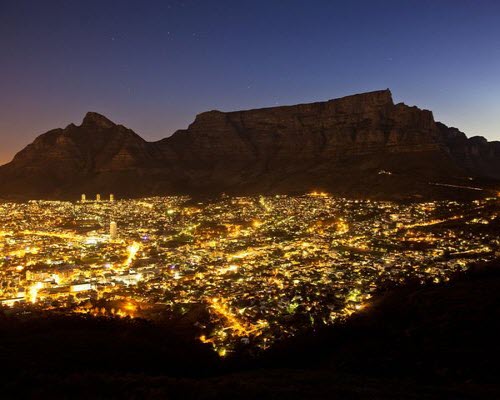
Table Mountain is a flat top mountain. You can view the whole city of Cape Town in South Africa, so, this mountain has become very attractive for the people who want to see the Cape Town without having problem for going there, as a cable car service is available. There are also good restaurant in the city, some of them are revolving which make it more attractive to visitor to view the city even at 3600. This Table Mountain is 1086 meter high above the sea level. Many people also like to hike up to there. It takes about 3 hour to hike up the front of Table Mountain.
2. Ha Long Bay
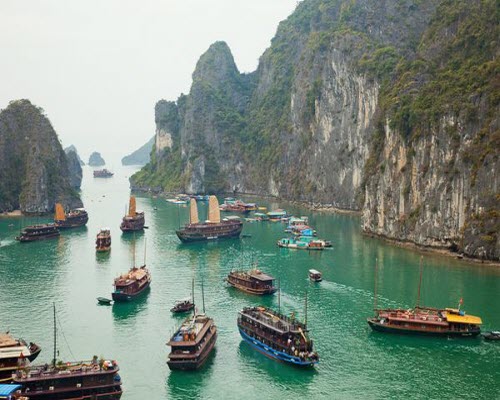
Ha Long Bay is in the Gulf of Tonkin and includes some 1,600 islands and islets, making spectacular seascape of limestone pillars. Because of their abrupt nature, most of the islands are uninhabited and unaffected by human presence. The great biological interest is situated in the Gulf of Tonkin.
The smaller islands are fenglin towers of 50m to 100m high. Many have vertical walls on all or most sides and these continue to evolve by rock falls and large slab failures. A distinctive feature of Ha Long Bay is the abundance of lakes within the larger limestone islands.
1. Iguazu Fall
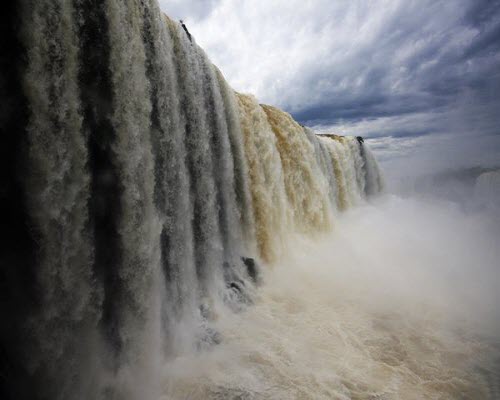
Iguazú Falls is the Spanish name for this enormous waterfall. Iguazú river is born in Paraná state in Brazil, After traveling 1,200 km. on a plateau it reaches a fault forming a crack in the interleaved layers of sandstone and basalt where the river runs smooth until it reaches a series of faults, and suddenly an 80 m canyon when river water goes into the faults where the water produces a thundering sound and then drains into the Parana river.
This location where the river goes down into the fault and produces a thundering sound is called Iguazu Fall.